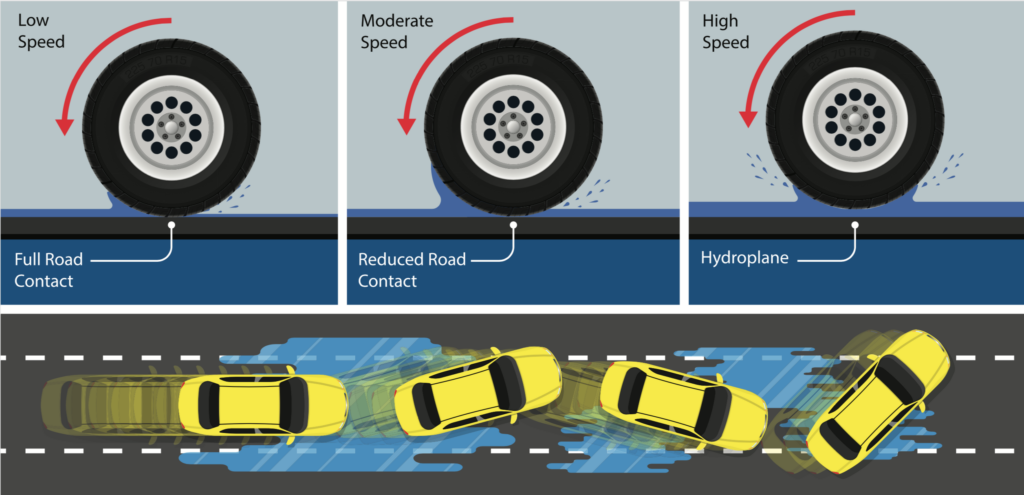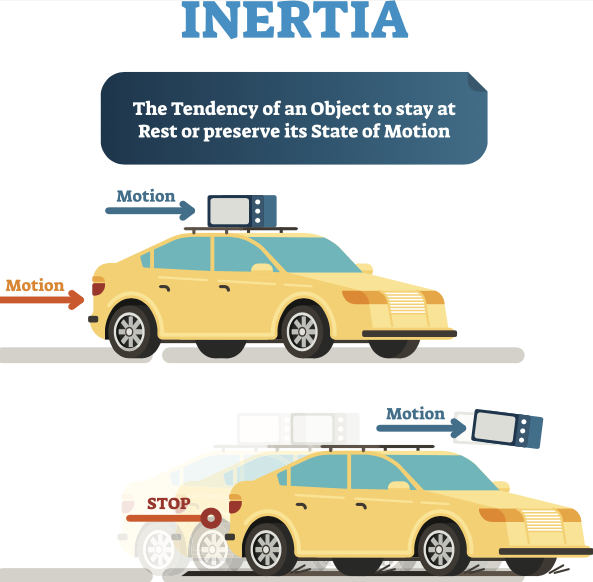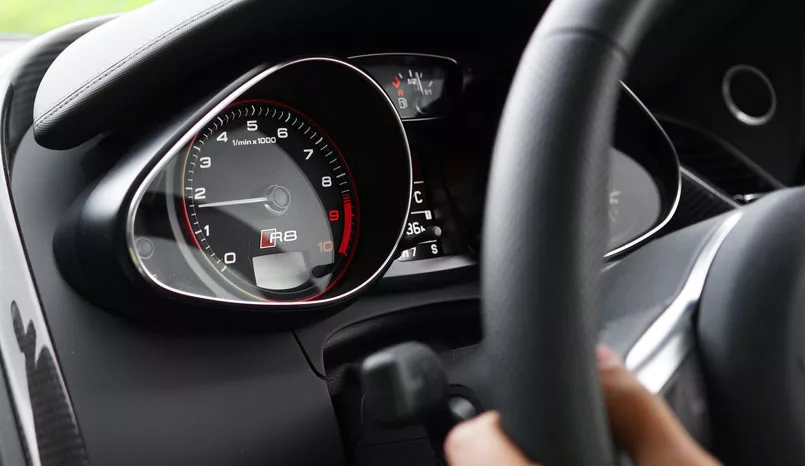Driving fast is an exhilarating experience for many, whether it’s speeding up a motorway or zipping through city streets. But while the thrill of acceleration and the sensation of travelling fast might be exciting, it’s important to understand the physical, mental, and legal consequences that come with driving at high speeds.
Here’s a breakdown of what happens when you drive fast—both to you and to your vehicle.
Increase risk of a collision:
The most obvious and dangerous consequence of driving fast is the higher risk of collisions occurring. When you drive at high speeds, your stopping distances increase. While this is obvious, it’s incredible how many speeders don’t really take it on board, and it’s not just your stopping distance you need to think about; it’s the increased impact should you hit something or someone at a higher speed.
Speeding reduces your ability to judge distances and the condition of the road ahead. For example, at high speeds, even a slight curve or a pothole could badly destabilise a vehicle, increasing the likelihood of a collision.
The physics
Whether you’re an F1 driver, an elderly woman driving to the shops, a WRC Rally driver or a 40-something Sales Manager late for a meeting, when driving fast, your car’s momentum increases, which means it requires more force to stop or change direction. This is due to Newton’s First Law of Motion, which states that an object in motion stays in motion unless acted upon by an external force. At higher speeds, the car is less responsive, making it harder to correct small mistakes like swerving to avoid debris or adjusting your lane position.
In addition to this, the force of impact during a crash is exponentially greater the faster you’re going. A collision at 60 mph will deliver much more damage to both the vehicle and its occupants compared to one at 30 mph, due to the increased energy involved. This makes speeding not only more dangerous for you but also for others on the road.

Impact on your body
High-speed driving can take a toll on your body in multiple ways. The G-forces generated when you take sharp turns or stop abruptly are much greater at higher speeds. These forces can cause strain on your muscles, joints, and spine, especially in the event of a sudden stop or collision. Your body’s internal organs can also experience impact forces in a collision, which is why high-speed crashes often result in more severe injuries, such as whiplash, broken bones, or internal bleeding.
Additionally, your body’s ability to process information at high speeds becomes strained. Your brain must process more visual data in a shorter amount of time, leading to a higher chance of sensory overload. This can impair your ability to focus on the road and react to sudden changes in traffic conditions.
Poor fuel economy
When you drive faster, the engine works harder and burns more fuel. This is particularly true at speeds over 50 mph, where aerodynamic drag increases significantly. In addition, driving at high speeds may also cause more wear and tear on your car’s components, leading to higher repair costs, especially so if you then have to make longer, harder application of the brakes.
Legal impacts
Aside from the physical dangers, speeding has many legal implications. Driving faster than the speed limit can result in fines, points on your licence, and, in some cases, a custodial term. Speeding fines are also often accompanied by increased vehicle insurance.
If you’re involved in a collision while speeding, you may also be found at fault, even if the other driver made a mistake. Many of our pre-court driving courses involve those who have been speeding.

Psychological impacts
Driving fast can be thrilling, but it can also come with emotional consequences. The adrenaline rush may lead to feelings of invincibility or overconfidence, especially with younger drivers, which can affect decision-making and judgment. Speeding also increases stress levels for the driver and passengers, as the higher speeds can feel less controlled and more unpredictable.
Driving fast may also impair your ability to stay calm and focused, especially in traffic or in bad conditions, leading to rash decisions, aggressive driving, or road rage. These emotional effects can further contribute to dangerous driving behaviour.
Loss of control
When the weather is poor whether it’s raining, snowing, or foggy—driving fast becomes even more dangerous. Speeding increases the likelihood of aquaplaning or losing traction on slippery roads. On icy or wet surfaces, a high-speed vehicle has much less grip, making it much harder to steer and stop. These conditions require more caution, yet high-speed driving leaves little room for error.
If you want to learn to drive quickly, we suggest a track day or similar, where you can enjoy speed in a safer, more controlled environment. But do note, even on track days, there are strict driving etiquette and standards that need to be adhered to.

